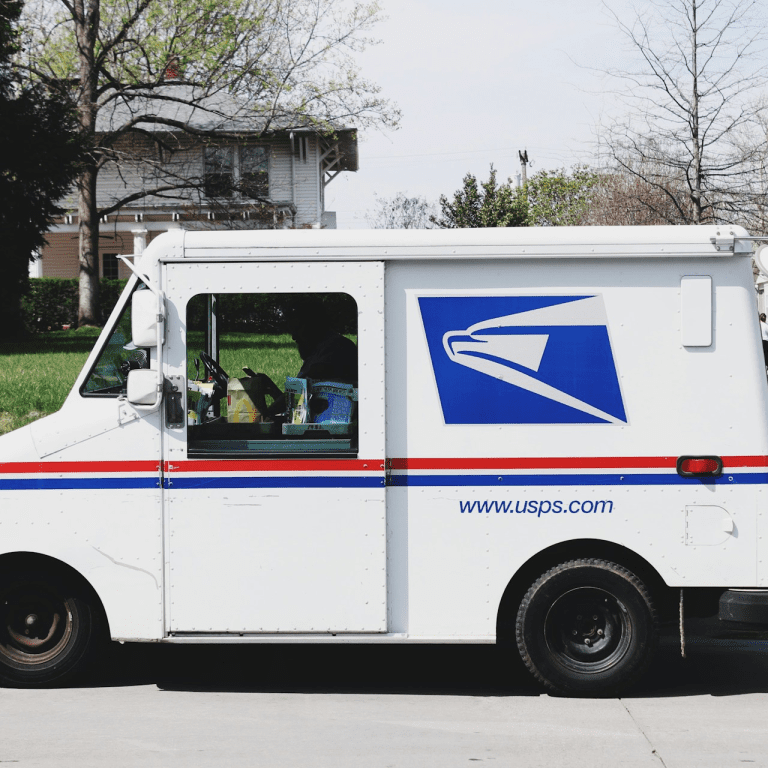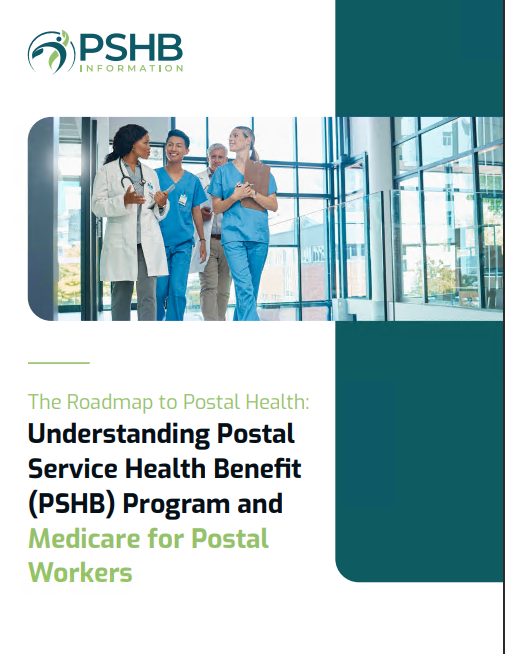Key Takeaways:
-
Medicare Part A plays a crucial role in complementing your PSHB coverage, especially during retirement, by covering inpatient hospital services and related costs.
-
Understanding how Medicare Part A integrates with your PSHB benefits can help you minimize out-of-pocket expenses and ensure comprehensive healthcare coverage.
Why Medicare Part A Is a Game-Changer for PSHB Enrollees
If you’re retired and enrolled in the Postal Service Health Benefits (PSHB) program, Medicare Part A is more than just another part of your healthcare puzzle. It’s the foundation for robust hospital coverage, and it works hand-in-hand with your PSHB plan to provide a safety net for inpatient care. In retirement, healthcare can become one of your largest expenses, and Medicare Part A can help reduce your financial burden while offering peace of mind.
Let’s break down why Medicare Part A is essential for your health coverage and how it interacts with the PSHB program to support your retirement healthcare needs.
What Medicare Part A Covers
Medicare Part A, also known as hospital insurance, focuses on inpatient care and services. Here’s what it covers:
-
Inpatient Hospital Stays: Medicare Part A pays for room, meals, and general nursing services during your hospital stay.
-
Skilled Nursing Facility (SNF) Care: If you need rehabilitation or skilled nursing after a hospital stay, Part A covers a portion of these costs.
-
Hospice Care: For terminal illnesses, Part A covers palliative and supportive services to ensure comfort.
-
Home Health Care: Limited home health services, such as physical therapy or skilled nursing, are covered under specific conditions.
This coverage ensures that major inpatient costs don’t drain your retirement savings. However, understanding how it integrates with PSHB is key to making the most of your benefits.
Medicare Part A and PSHB: A Perfect Partnership
If you’re already enrolled in PSHB, you might wonder why you need Medicare Part A at all. The answer lies in how the two programs complement each other. PSHB plans often cover a range of healthcare services, but Medicare Part A can step in as the primary payer for inpatient services, reducing your costs significantly.
Here’s how they work together:
-
Coordination of Benefits: Medicare Part A typically acts as the primary payer, while your PSHB plan acts as the secondary payer. This coordination minimizes your out-of-pocket costs by covering what Medicare doesn’t.
-
Lower Deductibles: Medicare Part A’s inpatient deductible is often lower than PSHB plan deductibles for hospital stays, which can save you money.
-
Comprehensive Coverage: By combining Medicare Part A with PSHB, you’re ensuring broader coverage for hospital care, skilled nursing, and more.
The Costs of Medicare Part A in 2025
For most retirees, Medicare Part A comes at no additional cost if you’ve paid Medicare taxes for at least 10 years (40 quarters). However, if you didn’t meet this requirement, you can still enroll by paying a monthly premium.
-
Premiums: For those who worked fewer than 30 quarters, the monthly premium is $518. For those who worked between 30-39 quarters, it’s $284.
-
Deductibles: The inpatient hospital deductible for 2025 is $1,676 per benefit period.
-
Coinsurance: Beyond 60 hospital stay days, coinsurance applies. For days 61-90, it’s $419 per day, and for lifetime reserve days, it’s $838 per day.
Being aware of these costs helps you plan better and make informed decisions about your healthcare.
Key Benefits of Enrolling in Medicare Part A
If you’re still on the fence about enrolling in Medicare Part A, here are the key reasons it’s worth it:
-
Financial Protection: With its inpatient hospital coverage, Medicare Part A ensures you’re not stuck with sky-high medical bills for unexpected hospital stays.
-
Ease of Coordination: Medicare Part A coordinates seamlessly with your PSHB plan to reduce your out-of-pocket expenses.
-
Access to Skilled Nursing: Post-hospital care in skilled nursing facilities is covered under Part A, which isn’t always fully covered by PSHB plans alone.
-
Peace of Mind: Knowing you have additional hospital coverage in place can ease worries about healthcare costs as you age.
When to Enroll in Medicare Part A
Timing is everything when it comes to Medicare enrollment. Here are the key periods to keep in mind:
-
Initial Enrollment Period (IEP): You can sign up for Medicare Part A during a 7-month window surrounding your 65th birthday (three months before, the month of, and three months after).
-
Special Enrollment Period (SEP): If you’re still employed and covered under a group health plan, you can delay Medicare Part A enrollment without penalty. You’ll have eight months after leaving employment to enroll.
-
General Enrollment Period (GEP): If you missed your IEP or SEP, you can sign up between January 1 and March 31 each year, with coverage starting on July 1.
Missing these windows could result in late penalties, so plan ahead to avoid unnecessary costs.
How Medicare Part A Reduces Your Out-of-Pocket Costs
One of the biggest advantages of enrolling in Medicare Part A is the financial relief it provides. Here’s how it helps:
-
Inpatient Hospital Costs: Medicare Part A covers a significant portion of hospital costs, leaving your PSHB plan to pick up the remaining balance.
-
Skilled Nursing Facility Coverage: If you require rehabilitation after a hospital stay, Part A covers up to 100 days of skilled nursing care.
-
Reduced Deductibles: By acting as the primary payer, Medicare Part A often covers its deductible, meaning you’ll only need to meet the smaller PSHB deductible.
By integrating Medicare Part A with your PSHB plan, you’re creating a powerful financial shield against high medical costs.
Important Considerations for PSHB Enrollees
As a PSHB enrollee, there are a few things you should keep in mind about Medicare Part A:
-
Mandatory Enrollment: Starting in 2025, Medicare-eligible retirees and their family members must enroll in Medicare Part A to maintain PSHB coverage unless exempt.
-
Prescription Drug Coverage: While Medicare Part A doesn’t cover medications, PSHB plans often include prescription drug benefits. Make sure your plan offers sufficient coverage for your needs.
-
Plan Coordination: Check how your specific PSHB plan coordinates with Medicare Part A to avoid surprises.
These considerations ensure you’re getting the most value from your combined coverage.
Maximizing the Value of Your Healthcare Coverage
To make the most of your healthcare benefits as a retired PSHB enrollee, consider these tips:
-
Review Your Annual Notice of Change (ANOC): This document outlines any changes to your PSHB plan for the upcoming year, helping you stay informed.
-
Utilize Preventive Services: Many PSHB plans and Medicare Part A offer free preventive services, such as screenings and vaccinations. Take advantage of these to maintain your health.
-
Coordinate With Medicare Part B: Although Part A is free for most retirees, enrolling in Part B alongside Part A can further reduce your costs by covering outpatient services.
By staying proactive, you’ll be better equipped to handle any healthcare challenges that come your way.
The Role of Medicare Part A in Your Retirement Healthcare
Medicare Part A isn’t just a piece of the puzzle; it’s a cornerstone of your healthcare coverage. For PSHB enrollees, it’s the key to reducing costs and expanding access to essential inpatient services. By coordinating with your PSHB plan, Medicare Part A ensures you have comprehensive protection for hospital stays, skilled nursing care, and more.
Whether you’re newly retired or planning ahead, enrolling in Medicare Part A is one of the best decisions you can make for your financial and physical well-being.






